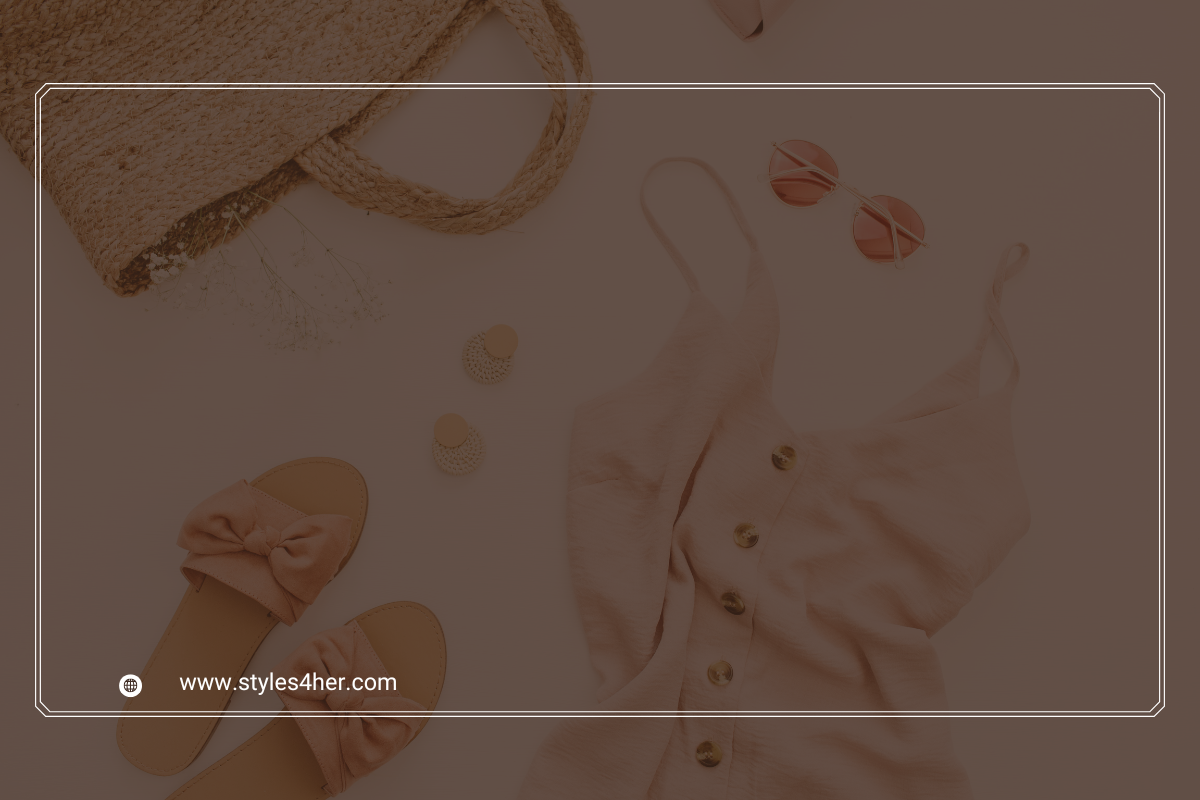



Are you ready to push the boundaries of conventional fashion and make a bold statement with your outfit? One of the most daring and impactful ways to do so is by styling clashing colors. When done right, pairing colors that traditionally do not go together can create a striking and unique look that exudes confidence and style. If you're intrigued by this trend but unsure of how to pull it off successfully, fear not! In this guide, we'll walk you through the ins and outs of styling clashing colors to achieve a fashion-forward and eye-catching ensemble.
Before you dive into the world of clashing colors, it's important to have a basic understanding of color theory. Familiarizing yourself with the color wheel can help you identify which colors complement each other and which ones create a stark contrast. The color wheel consists of primary colors (red, blue, yellow), secondary colors (green, orange, purple), and tertiary colors (a mix of primary and secondary colors).
Complementary colors are located opposite each other on the color wheel and create a high contrast when paired together. For example, red and green, blue and orange, and yellow and purple are complementary color pairs. When styled together, complementary colors make a bold statement and can create a visually striking look.
Analogous colors are located next to each other on the color wheel and share similar undertones. For example, blue, blue-green, and green are analogous colors. Pairing analogous colors creates a harmonious and cohesive look that is pleasing to the eye. While this may not be considered clashing in the traditional sense, it can still create a bold statement when done intentionally.
If you're new to styling clashing colors, it's best to start small and gradually work your way up to bolder combinations. Begin by pairing two colors that are next to each other on the color wheel or that share a similar intensity. This will help you ease into the trend and gain confidence in mixing and matching different hues.
For example, try pairing a light pink top with a coral skirt for a subtle yet impactful look. Or mix a navy blue blouse with forest green trousers for a sophisticated and unexpected combination. Starting small allows you to experiment with clashing colors in a controlled manner and build your styling skills over time.
Patterns can be a great way to incorporate clashing colors into your outfit without feeling overwhelmed. Look for prints that feature multiple colors and mix well together, such as floral, geometric, or abstract patterns. When choosing patterned pieces, pay attention to the dominant colors and select accessories or additional clothing items that complement or contrast with those hues.
For example, a striped top with navy blue and white stripes can be paired with a floral skirt that features shades of pink, yellow, and green. Mixing patterns allows you to play with clashing colors in a creative and visually interesting way, adding depth and dimension to your outfit.
When styling clashing colors, it's important to maintain a sense of balance in your outfit. This can be achieved by incorporating neutral pieces or accessories that help anchor the look and prevent it from becoming too overwhelming. Neutral colors such as white, black, gray, beige, and denim are versatile options that pair well with almost any color combination.
For instance, if you're wearing a vibrant orange top with royal blue pants, consider adding a white blazer or denim jacket to tone down the intensity of the colors. Neutral shoes, bags, or jewelry can also help tie the outfit together and create a cohesive overall look. By striking the right balance between bold and neutral elements, you can confidently pull off clashing colors with style and flair.
Accessories play a crucial role in styling clashing colors and can elevate your outfit to the next level. When selecting accessories to pair with a bold color combination, opt for pieces that complement rather than compete with the main colors in your outfit. This could mean choosing accessories in a neutral shade, a metallic finish, or a color that appears in smaller doses in your clothing.
For example, if you're wearing a teal blouse with mustard yellow pants, consider accessorizing with gold jewelry and nude shoes to create a polished and cohesive look. Alternatively, you could add a pop of color with a statement handbag or bold earrings that pick up on one of the colors in your outfit. Accessories provide an opportunity to tie clashing colors together and showcase your personal style and creativity.
Above all, styling clashing colors requires confidence and a willingness to step outside your comfort zone. Embracing this daring fashion trend is a statement in itself, so own your look and wear it with pride. Remember that fashion is about self-expression and creativity, so don't be afraid to take risks and experiment with different color combinations until you find a style that feels uniquely you.
Whether you're attending a special event, heading to work, or simply running errands, incorporating clashing colors into your outfit can instantly elevate your look and set you apart from the crowd. With the right mix of knowledge, practice, and confidence, you can master the art of styling clashing colors and create bold and unforgettable fashion moments.
So go ahead, embrace the power of color and unleash your inner fashionista with daring and unexpected combinations that showcase your individuality and flair. The world is your runway, so strut confidently in your clashing colors and make a statement that is uniquely you!